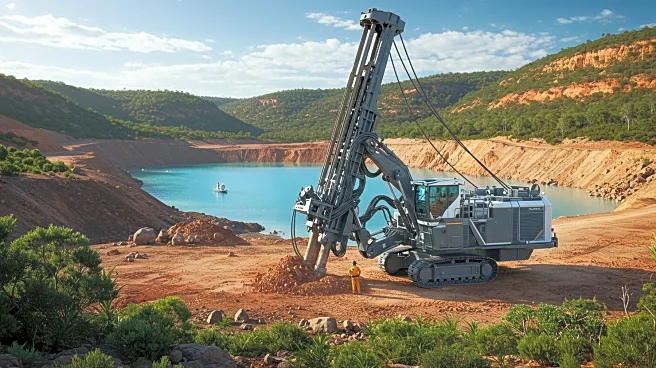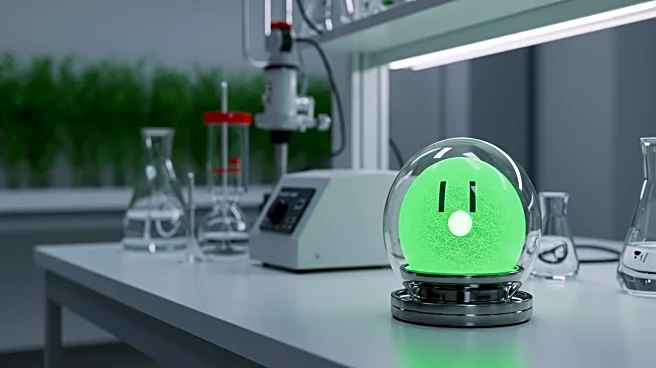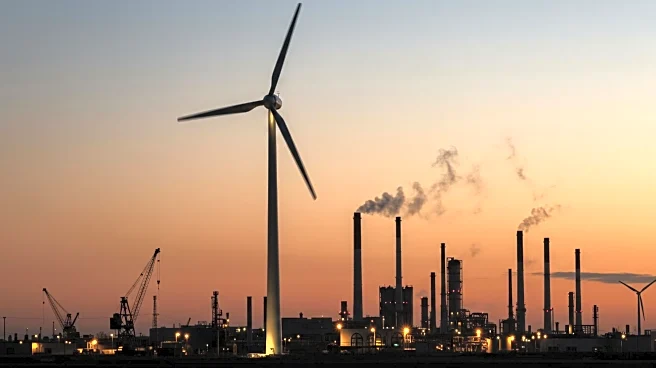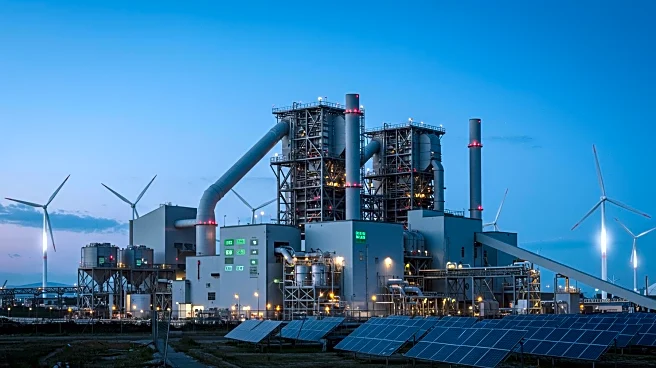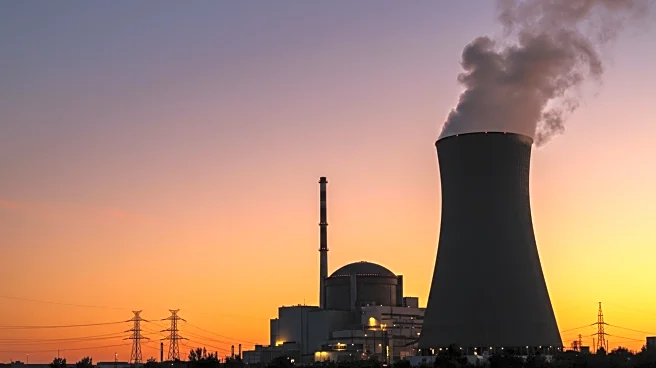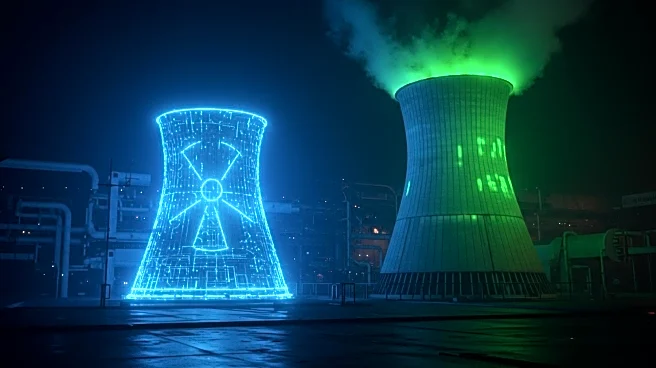Rapid Read • 8 min read
IDTechEx projects that the annual market for water electrolyser components will exceed $10 billion by 2036. This growth is attributed to the increasing demand for electrolyser systems as green hydrogen projects gain commercial maturity. Manufacturers are enhancing electrodes with platinum group metals and rare earth oxides to improve efficiency. Innovations in electrode substrates and manufacturing processes, such as the Sparkfuze process developed by Jolt Solutions, are making production faster and more energy-efficient. The solid oxide electrolyser (SOEC) technology, which operates at high temperatures, is benefiting from developments in solid oxide fuel cells. A shift towards 'metal-supported' cells is noted, allowing for thinner cell layers with structural durability. The global transition towards hydrogen use in industrial, transport, and energy sectors is accelerating, driven by efforts to decarbonize sectors where direct electrification is challenging.
AD
The surge in the water electrolyser components market is significant as it supports the global shift towards green hydrogen, a key solution for reducing emissions in heavy industry and transportation. This transition enhances energy security and creates new market opportunities in energy storage. Advancements in electrolyser technologies aim to boost efficiency, extend longevity, and reduce reliance on scarce materials, which is crucial for sustainable development. The pivot to green hydrogen not only offers a path to decarbonization but also positions industries to capitalize on emerging opportunities in the energy sector.
The continued innovation in electrolyser technologies is expected to drive further growth in the market. As green hydrogen projects expand, manufacturers will likely focus on improving efficiency and reducing costs. The adoption of alternative electrolytes and lower operating temperatures will be key areas of development. Stakeholders, including governments and industries, are likely to increase investments in gigawatt-scale production capacities by 2030, further accelerating the transition to green hydrogen.
The evolution of materials and components within electrolyser technologies is pivotal for the green hydrogen revolution. Innovations in PEMEL technology, such as catalysts with reduced iridium content, could alleviate supply chain vulnerabilities associated with iridium's limited availability. This shift not only supports environmental goals but also enhances economic resilience by reducing dependency on scarce resources.
AD
More Stories You Might Enjoy


